[Kyoto 0006FH] A must-visit tour of Kyoto's popular tourist spots
![[Kyoto 0006FH] A must-visit tour of Kyoto's popular tourist spots](https://resources.matcha-jp.com/resize/720x2000/2024/12/03-213445.webp)
We would like to introduce Gold-Guide's recommended Highlight Tour: 1-day Western Kyoto Tour: World Heritage Sites and Bamboo Forest.
1 day (8 hours)
Gold-Guide is a guide matching platform operated by West Japan Marketing Communications Inc. which matches tourists visiting Japan with highly skilled interpreter guides and provides guided tours.
Click here for an overview of Gold-Guide
The tour we are introducing this time is...
1-day Western Kyoto Tour: World Heritage Sites and Bamboo Forest
![[Kyoto 0006FH] A must-visit tour of Kyoto's popular tourist spots](https://resources.matcha-jp.com/resize/720x2000/2024/12/06-213847.webp)
This tour is recommended by Gold-Guide and will allow you to fully experience the world heritage sites of Kyoto. Start your journey at Kinkaku-ji Temple, a UNESCO World Heritage Site. Next, head to Ryoan-ji Temple, another World Heritage Site, and experience peace and tranquility as you gaze upon its Zen rock garden, a masterpiece of minimalist design. Continue to Arashiyama, where you will cross the iconic Togetsukyo Bridge and be greeted by breathtaking views of the surrounding natural scenery. Then, visit Tenryu-ji Temple, a World Heritage Site, to enjoy the beautiful gardens where man-made and natural come together, and be enveloped in the tranquil atmosphere of towering bamboo forests. Enjoy the spectacular views of the hillside at Jojakko-ji Temple. Ring the bell at Nison-in Temple, surrounded by tranquility and beauty, to pray for happiness and world peace.
After the meet, we will take a taxi to our first destination, Kinkakuji Temple.
If you have any requests, please ask your guide.
The end location of the tour can be changed. Please consult with your guide.
The appeal of Gold-Guide is the excellent guides!
Spots introduced in this itinerary
[Gold-Guide] is a platform that matches tourists visiting Japan with excellent interpreter guides and offers guided tours. We provide memorable guided tours for customers looking for a special experience in Japan. We want to share the charm of Japan with people all over the world.
The contents on this page may partially contain automatic translation.































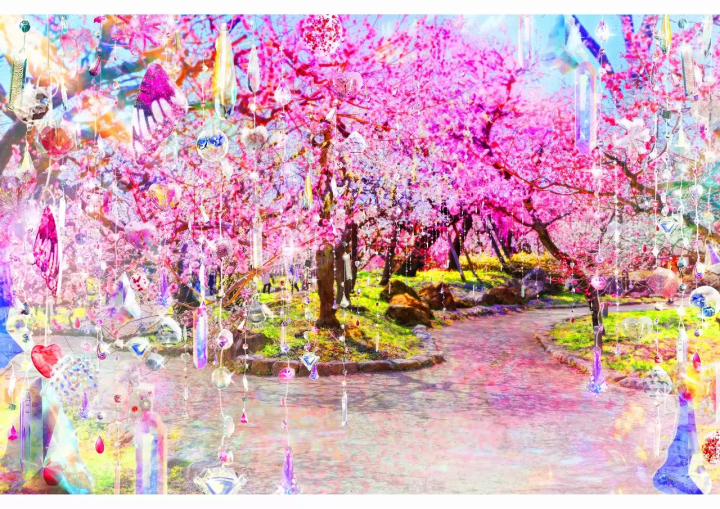
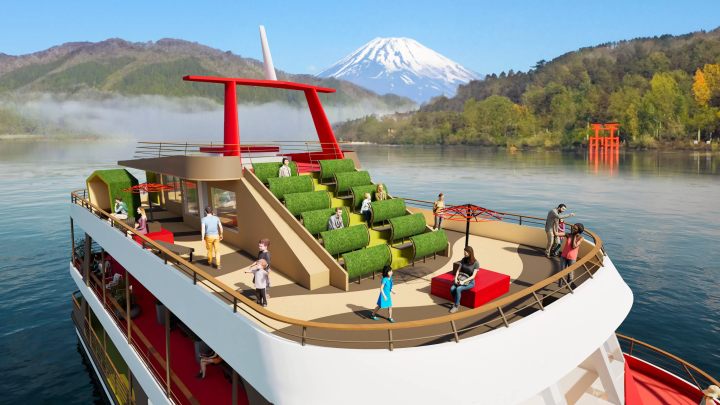

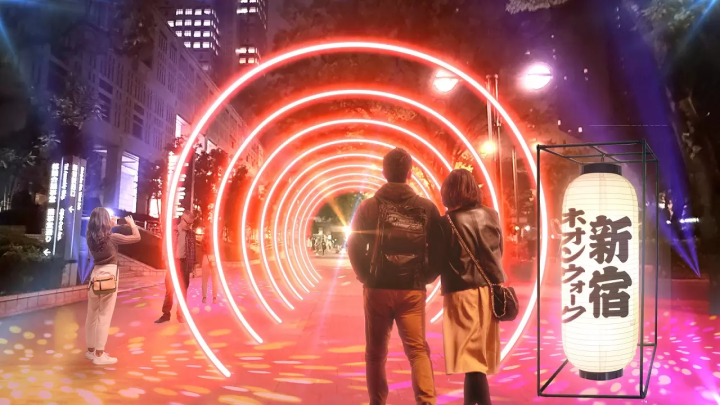





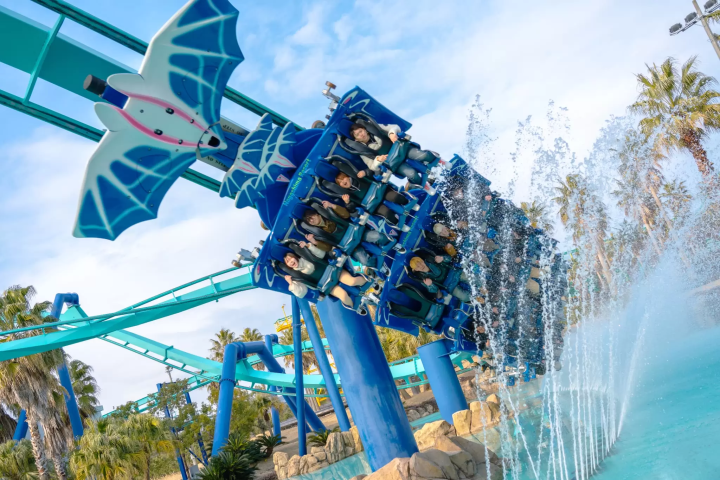
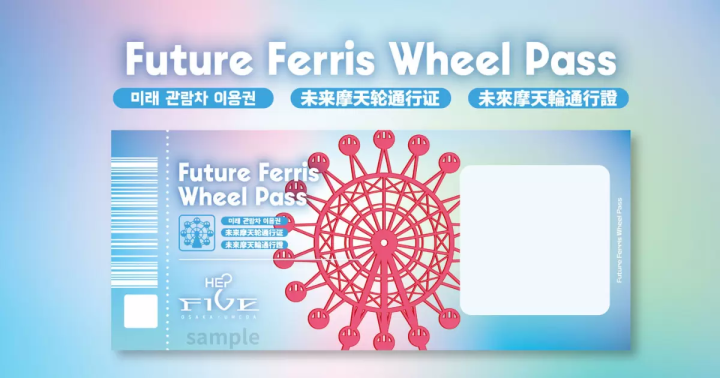
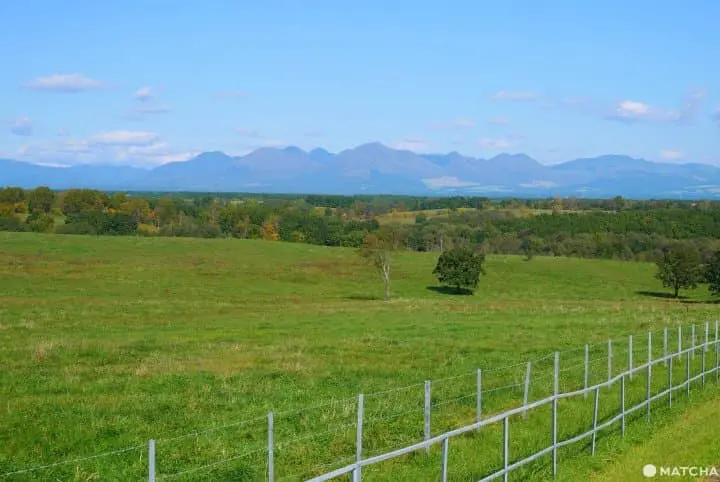
![[Coupon Available] Attention Overseas Winter Sports Fans! Nagano's Sports Depot Has Evolved](https://resources.matcha-jp.com/resize/720x2000/2026/01/05-254819.webp)
![[2 hours from Tokyo ] 10 Quiet and Breathtaking Views of Mount Fuji in Yamanashi Hokuto City , Yamanashi - Part 2](https://resources.matcha-jp.com/resize/720x2000/2025/12/16-253037.webp)